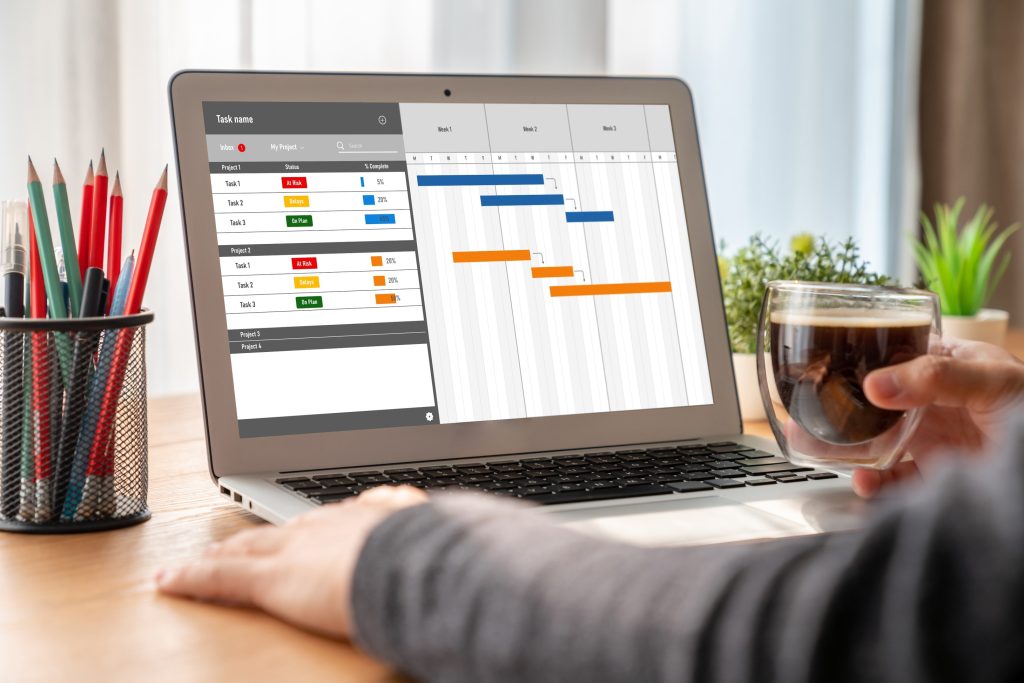
A guide to efficient team meetings
Business Coaching
Let’s be honest, we’ve all been there. Stuck in a meeting that feels like an endless loop of discussion with no clear direction or outcome. You leave feeling frustrated, wondering if the time you spent could have been better spent on something else.
And you’re not alone. Studies show that a staggering 71% of meetings are considered unproductive.
The root causes and how to combat them

Beneath the surface, the root causes of unproductive and inefficient meetings often lie in the negative beliefs that they:
● could be completely bypassed with clear communication;
● focus on information that is better suited to a short email;
● drown out important points with excessive, irrelevant details;
● satisfy the ego of participants who want to make themselves important; and
● drag on too long, taking up valuable time and focus.
To make meetings engaging, consider the following points to combat negative beliefs:
● Design meetings from scratch: Rethink every meeting and don’t rely on past formats
● Every meeting shapes your meeting culture: Make sure it matters and set the tone for positive, engaged participation
● Good meetings are built, not born: Create them through a clear structure and focus on best practices
● Treat meetings like any other communication tool: Simplify and systematize
● Distinguish between three phases: Preparation, execution and follow-up
Phase I: PREPARATION
As Benjamin Franklin said: “By failing to prepare, you are preparing to fail”, preparation is also crucial for successful meetings. Taking the time to plan your meeting in advance will ensure that everyone is on the same page and set the stage for a productive discussion.
Begin this phase by asking yourself these questions:
● Do we really need a meeting for this?
● What do we hope to achieve here?
● What do we want to take home with us?
● Can we do this one-on-one?
● Could we use email/chat/collaboration tools instead?
Don’t call a meeting if:
● There is no clear objective or agenda.
● The participants haven’t had time to prepare.
● Up-to-date information on the topics can be shared via collaboration tools.
If the meeting is necessary, check these points:
● What video conferencing tool will you use if it’s an online meeting?
● Is everyone familiar with the tool? If not, can we provide guidance?
● Is the use of video cameras mandatory?
● Who must be present?
● In which language should the meeting be held?
Prepare your meeting agenda and send it out:
● What is the main topic of this meeting?
● What important points will you put on the agenda?
● How much time should be scheduled for each item?
● Will the meeting last longer than an hour? Rethink it if necessary.
● How will you ensure that participants are prepared?
● When and how will you send out the invitation with the agenda?
Phase II: EXECUTION
The engagement of your participants begins even before the meeting starts. You want them to feel positive and motivated to tackle the discussion. Remember that your actions shape both the meeting culture and the overall company culture.
Here’s how you can create the stage for a productive and upbeat atmosphere:
● Welcome warmly: Greet everyone with a smile and a friendly attitude.
● Celebrate successes: Ask about positive developments since the last meeting.
Punctuality is king
● Start and finish on time: Encourage participants to be punctual and to stick to the time frame for each topic as set out in the agenda.
● Concentrate on the essentials: This helps to keep discussions focused and avoids unnecessary details.
● Increased efficiency: If you know that the meeting will finish on time, everyone can plan their day effectively.
● Motivation boost: When everyone’s time is respected, participants stay engaged and motivated.
Clear minutes, clear action
Taking minutes is essential for a productive meeting. Ideally, ask someone to take notes beforehand so that you don’t waste time right at the start. Focus on these key points for each discussion topic:
● Who is responsible for completing the task?
● What specific task needs to be completed?
● By when does the task need to be completed?
This clarity ensures motivation and ultimately successful completion of the task. Distribute the minutes to all participants or upload them to your collaboration tool as soon as possible.
Meeting mindset and MUST-DOs
Meetings can be a powerful tool for collaboration, but only if everyone involved is engaged and focused. Here are some important behaviors to keep in mind to ensure a productive and positive meeting experience for everyone:
● Be on time: Everyone respects punctuality, even those who struggle with it.
● Stay engaged: Ask yourself, “What’s in it for me?” and “What can I learn?” Encourage others to do the same.
● Brainstorm smart: Use apps like Slido or Whiteboard to vote on ideas collaboratively.
● Stay focused: Avoid distractions such as emails or text messages.
● Be relevant: Only speak when your comments relate directly to the topic at hand.
● Virtual cameras: Use video only when necessary. Inform participants if a camera is required.
● Dress for success: Maintain professionalism even in virtual meetings.
● Positivity is key: Encourage empathy and avoid negativity. Recognize and appreciate good work.
● Client focus: Imagine your most important client is in the room (or use a teddy bear as a client stand-in) to stay focused.
Phase III: FOLLOW-UP
After the meeting is over, the work isn’t over. Following up on action items is crucial – show that you care about the results, not just the conversations. Review meeting minutes regularly and check in with those you have assigned tasks to. Schedule follow-ups in your calendar to hold your people accountable.
Remember: feedback is your secret weapon. Encourage open communication and use it to continuously improve your meeting formats and content.
By implementing these tips, you can transform meetings from dreaded obligations into sessions that inspire creativity, produce results and make your team feel motivated and valued.
Get in touch with us! Let us know how these tips work for you, or if you’d like to discuss your own approach to meetings.







